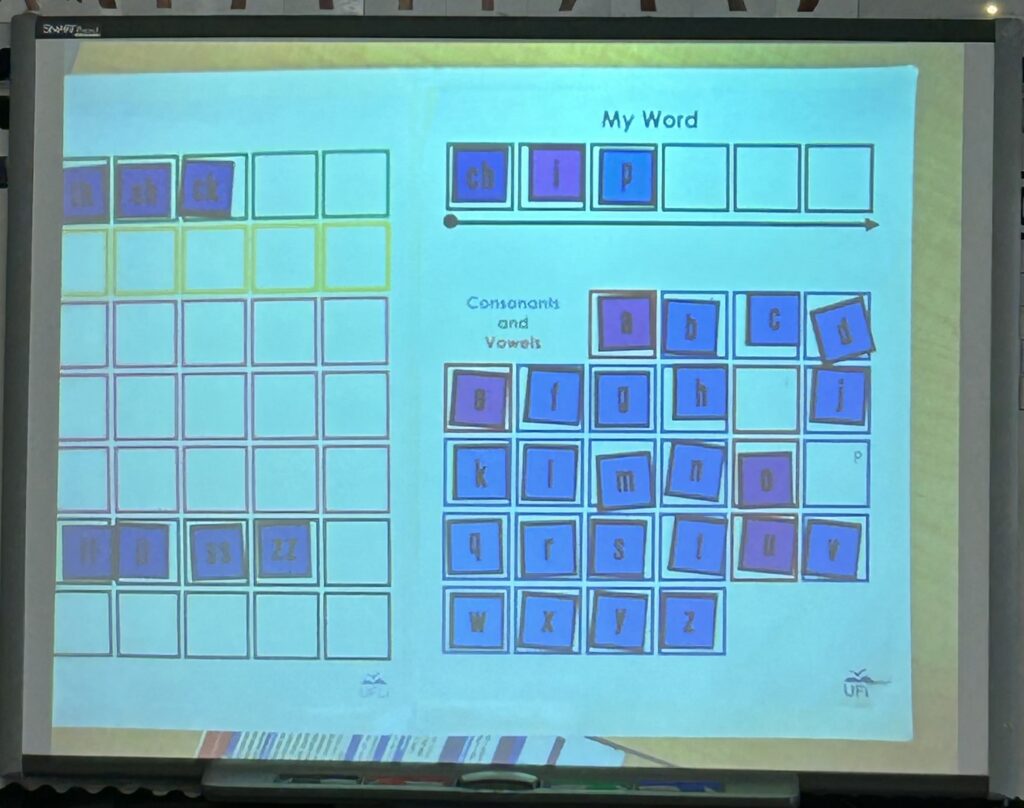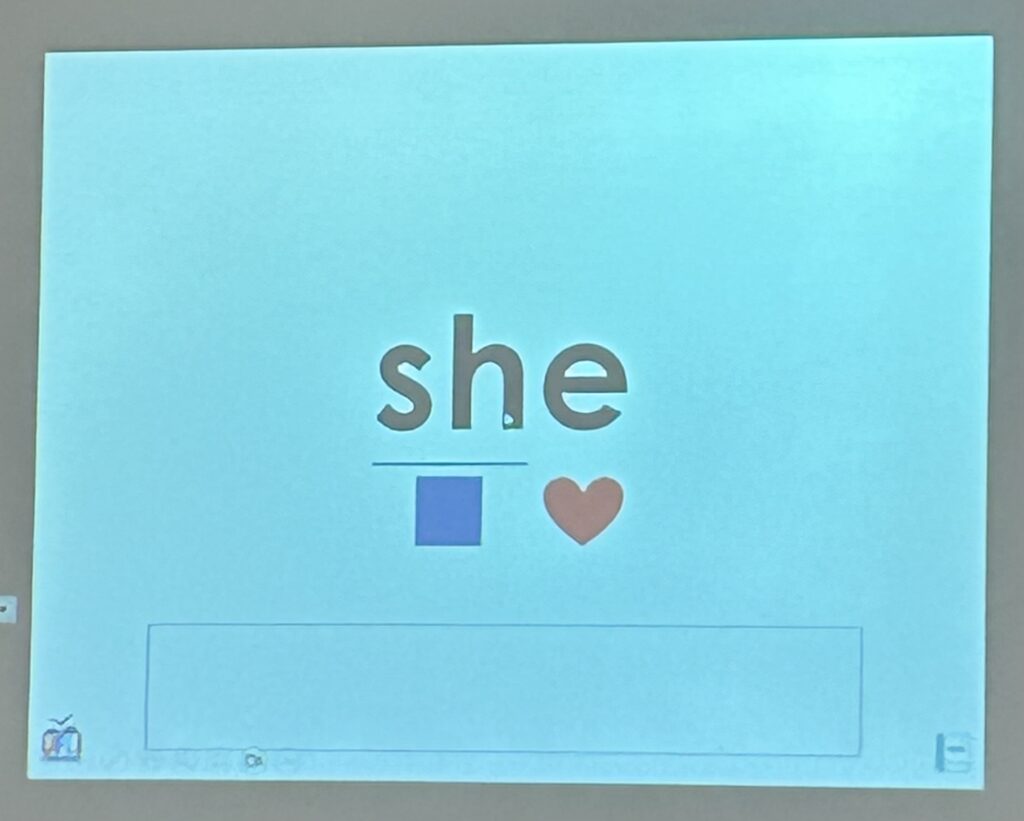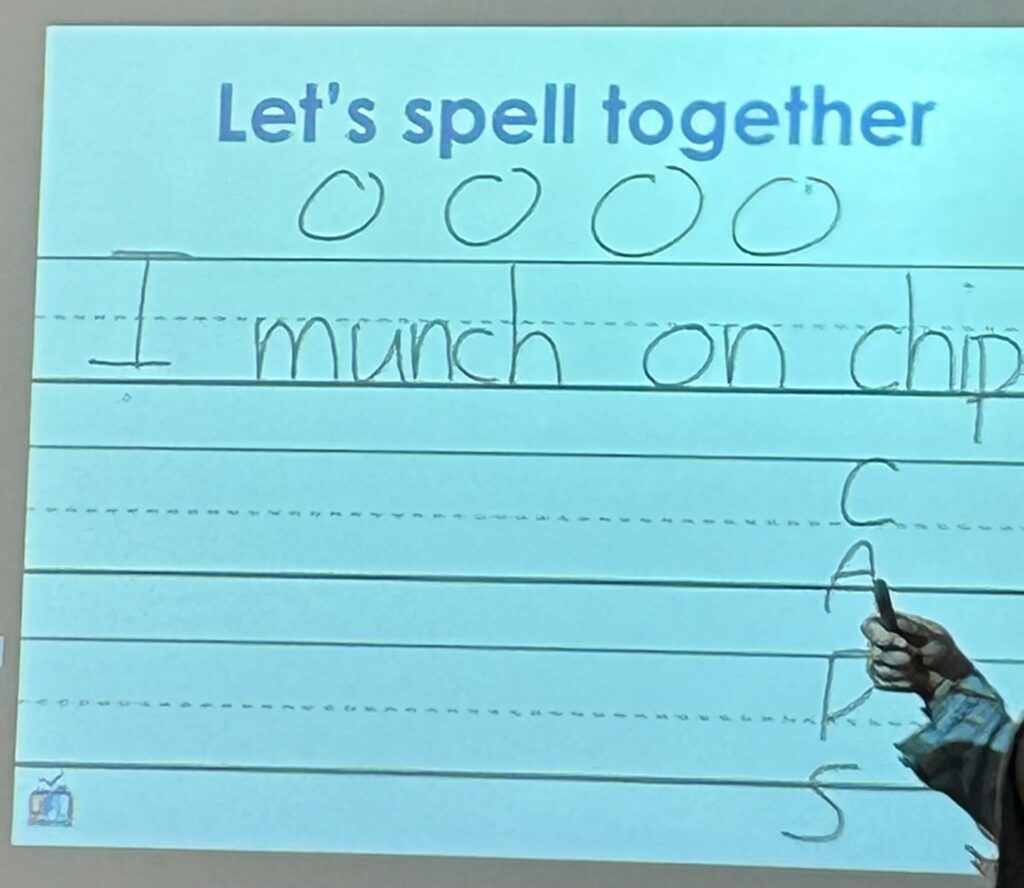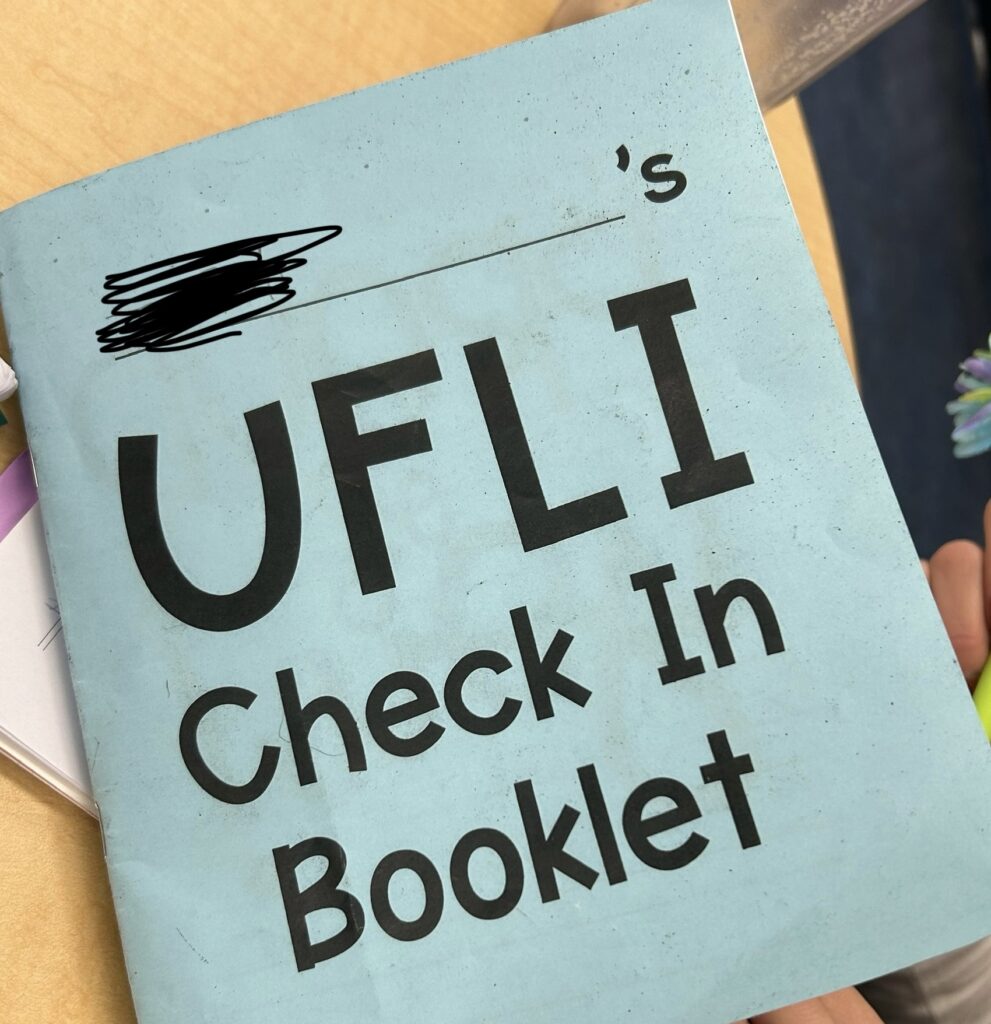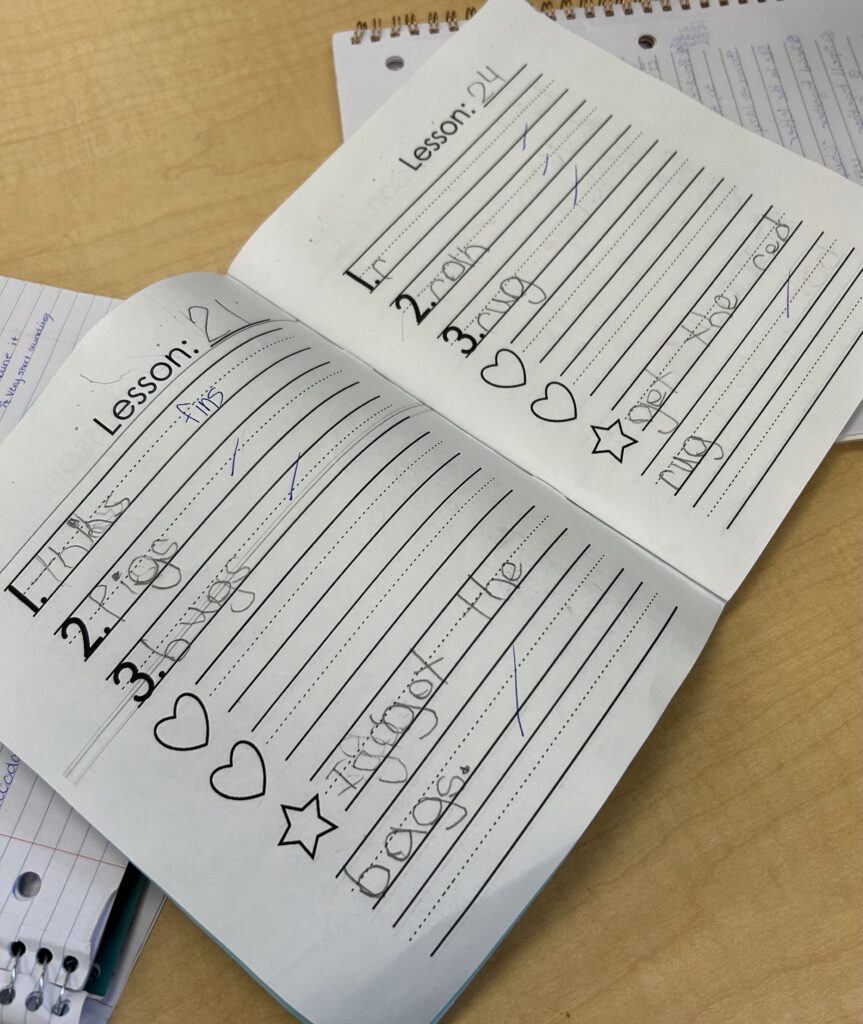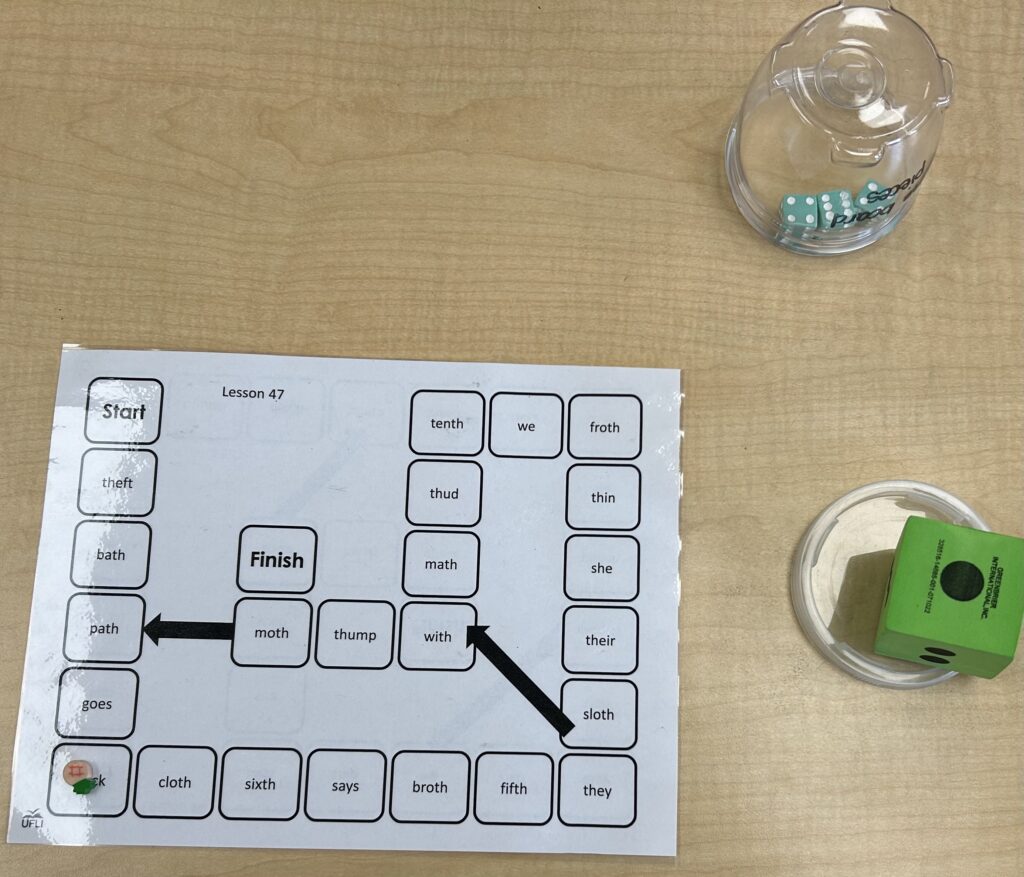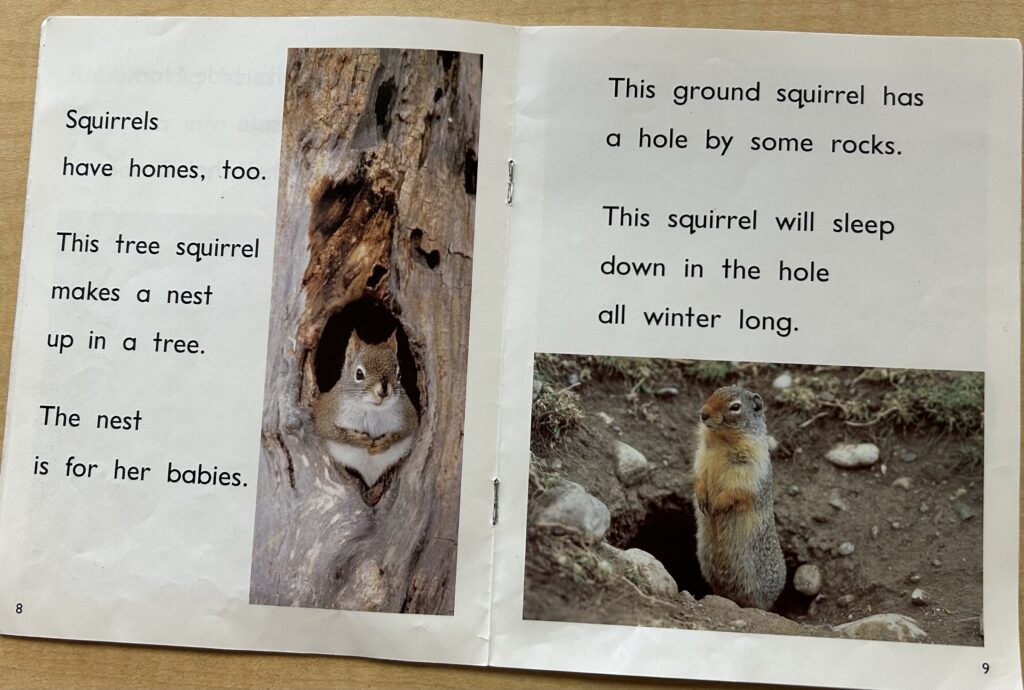BC Curriculum Connections
Grade: 1-2
Subject: English Language Arts (1-2)
Core Competencies: Communicating – Profile 1: In a safe and supported environment, I respond meaningfully to communication from peers and adults. *During the UFLI lessons I feel like communicating is one of the key elements to students learning throughout the activities. If they feel safe and supported they will continue to excel in their learning and be able to communicate effectively with peers and the adults in the room.
Big Idea: Playing with language helps us discover how language works (1-2), Everyone has a unique story to share (1-2).
Curricular Competencies:
Read fluently at grade level (1), Communicate using letters and words and applying some conventions of Canadian spelling, grammar, and punctuation (1).
Read fluently at grade level (2), Use developmentally appropriate reading, listening, and viewing strategies to make meaning (2).
Content:
Strategies and processes: reading strategies, oral language strategies, and writing processes (1), Language features, and conventions: concepts of print, print awareness, phonemic and phonological awareness, letter formation, sentence structure, and conventions (1).
Strategies and processes: reading strategies, oral language strategies, and writing processes (2), Language features, structures, and conventions: features of oral language, word patterns, word families, letter formation, sentence structure and
conventions (2).
Lesson / Activities
*This list of activities was inspired from a UFLI lesson I observed, how the lesson went & in the order it went. Also, since it is a split grade class the activities rotated between grades. So, when the grade 2’s were doing UFLI with the teacher the grade 1’s were doing there “when I am 100 years old…” activity independently. Then, they switched after the UFLI activity was completed.
Phonemic Awareness: As a whole group (grade 2’s only) the students and teacher did their phonemic awareness drills. The teacher would say the individual sounds and as a group the students would have to notice and identify the individual sounds and say the word (e.g., k-i-n-d = kind.) Then they would segment words into sounds (e.g., kind = k-i-n-d.)
Visual Drill: For this portion of the activity the teacher would go through a slideshow of different vowels and have the students say both the sounds the letter makes (e.g., a sounds like “a” and “ah”.)
Auditory Drill: During this activity students are supplied with a white board, dry erase marker and an eraser. The teacher would say a sound and the students would then have to write the letter (e.g., “ah” and the students would then write the letter A) – this portion of the activity moves quickly.
Blending Drill: The teacher would have a blending board presented on the white board, the teacher would then type different words they were working on and ask the students to decode them and say the word out loud. Then, she would change just one or two letters in the word and have the student decode that word and say it out loud again.
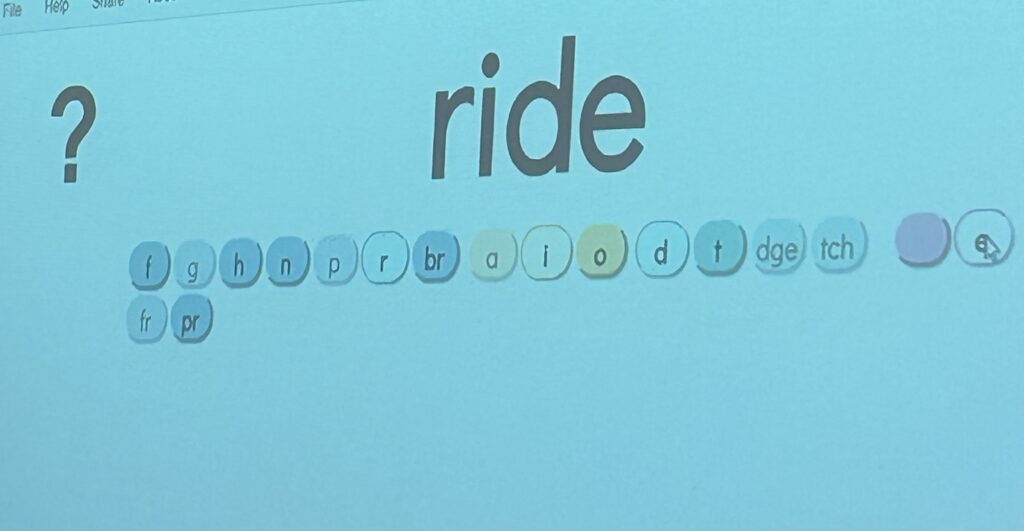
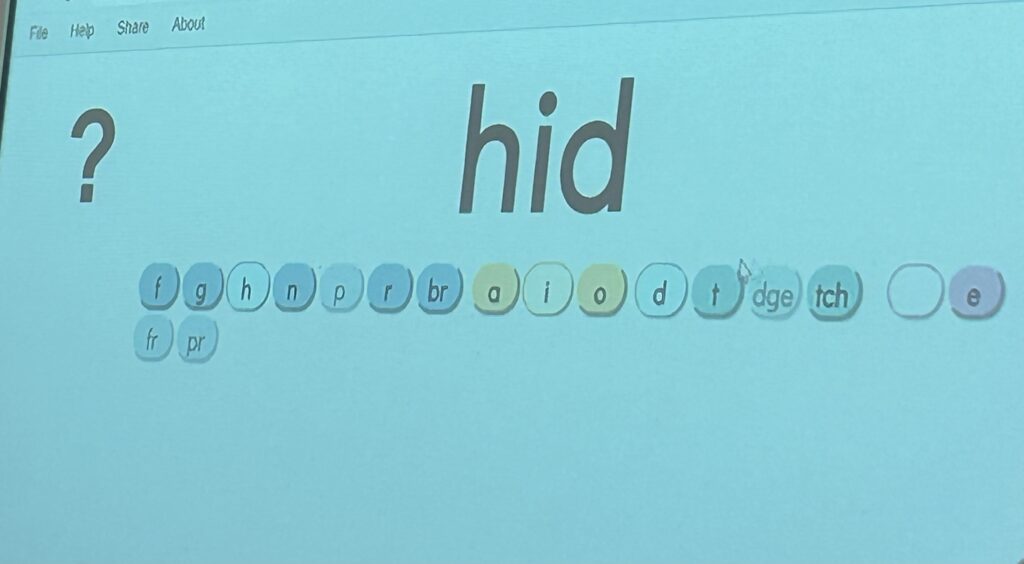
Let’s Read Together: Students then did a whole group read, where they would all read the words presented on the board together. This activity moves quickly and covers the words that they have been learning and using throughout the UFLI lesson.
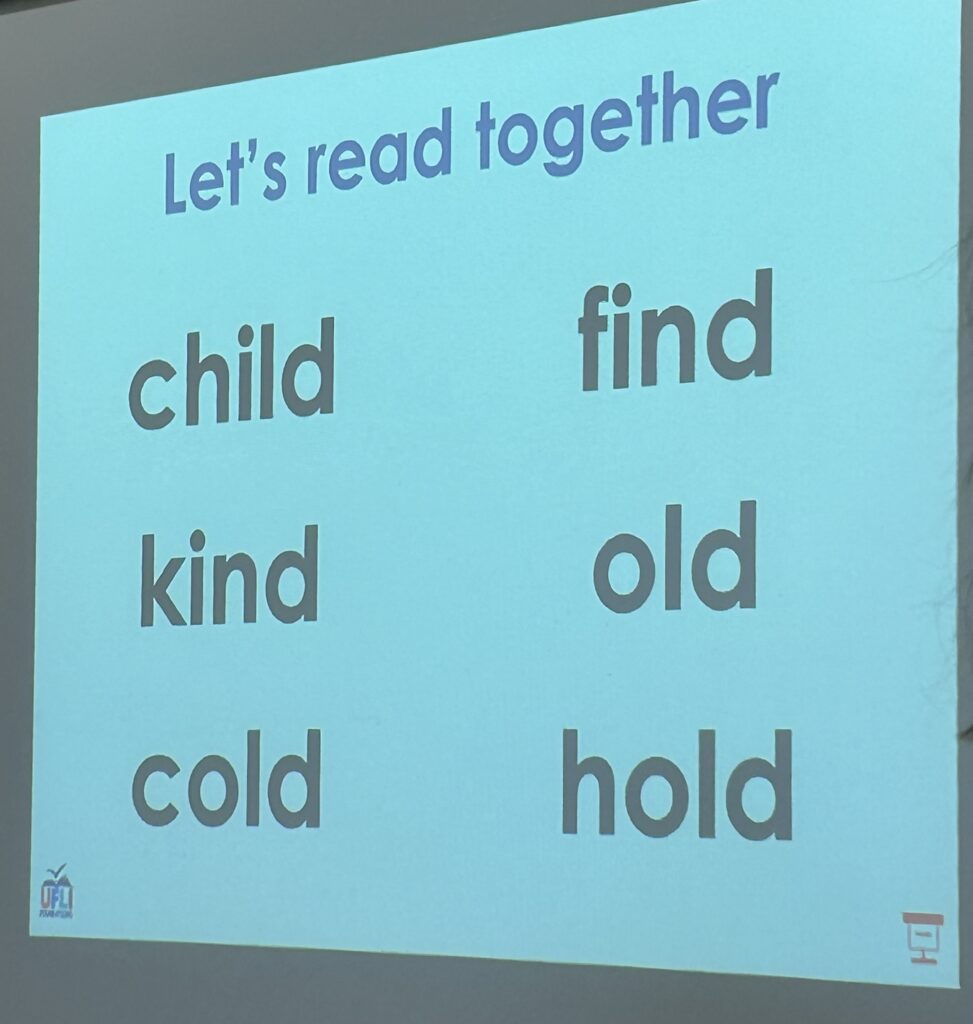
This is where the activity / lesson switches; the grade 2’s move on to their “when I am 100 years old…” activity and the grade 1’s do their UFLI activity which is structured the exact same way but grade 1 level.
“When I am 100 years old…”: At GT, it was the hundredth day, so the teacher had a fun English Language Arts activity planned for the students. First, the teacher walked the students through the worksheet and had them share ideas for each point. I loved this because it sparked conversation between the students and allowed students to start thinking of their own ideas before writing them down. The teacher asked us to walk around and help where needed, instructing us not to help students come up with ideas or tell them how to spell words, but to encourage them to sound out words. The students did great!!!
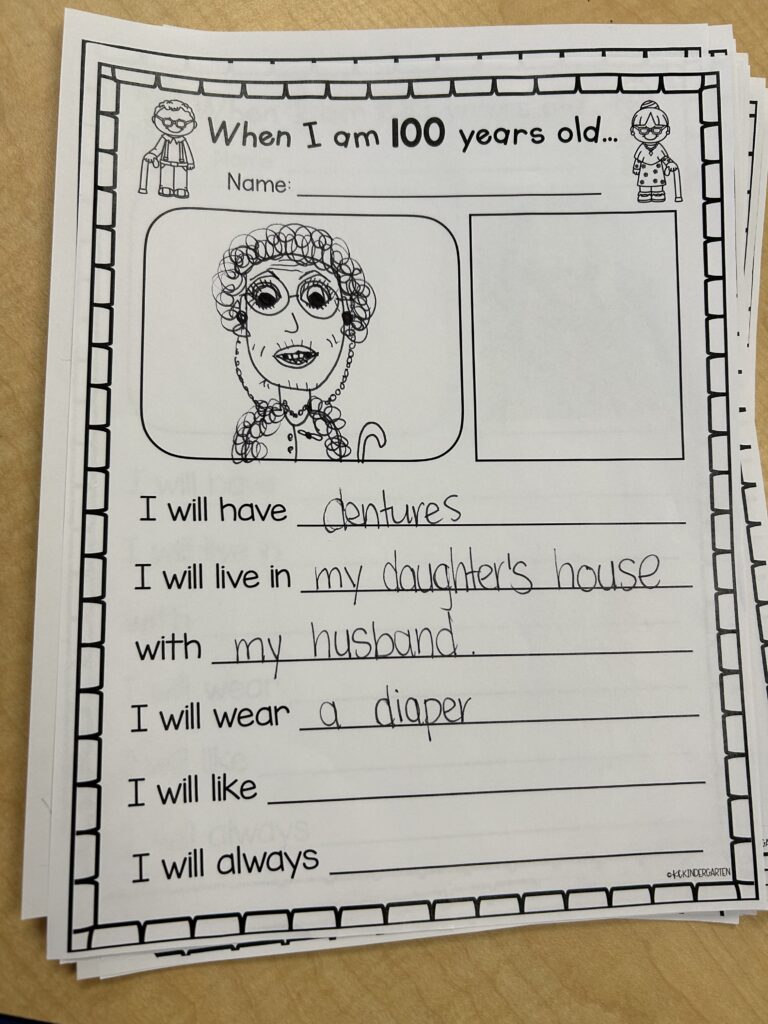

Personal Reflection:
I had a great time in the “ ” classroom! I really enjoyed learning from the classroom teacher. She always made sure to let us know the plan for the day and where we could support. She also shared the resources she used for that days lesson with us and any additional ones she could think of. The teacher encouraged us to be involved in the lessons and work with students who may need extra support, which I appreciated. This opportunity allowed me to see the students’ learning come to life and be there to support them whenever they needed, which I think was great practice. When helping students, I often found myself referring back to the UFLI lessons, making sure that I followed the methods I observed and the way they were learning, which shows I too am learning along side them. All in all, being involved in the classroom and observing teachers in action has been such a great learning opportunity for me. I am thankful for this experience, as I feel I learn the best when being hands on and put into the action.
